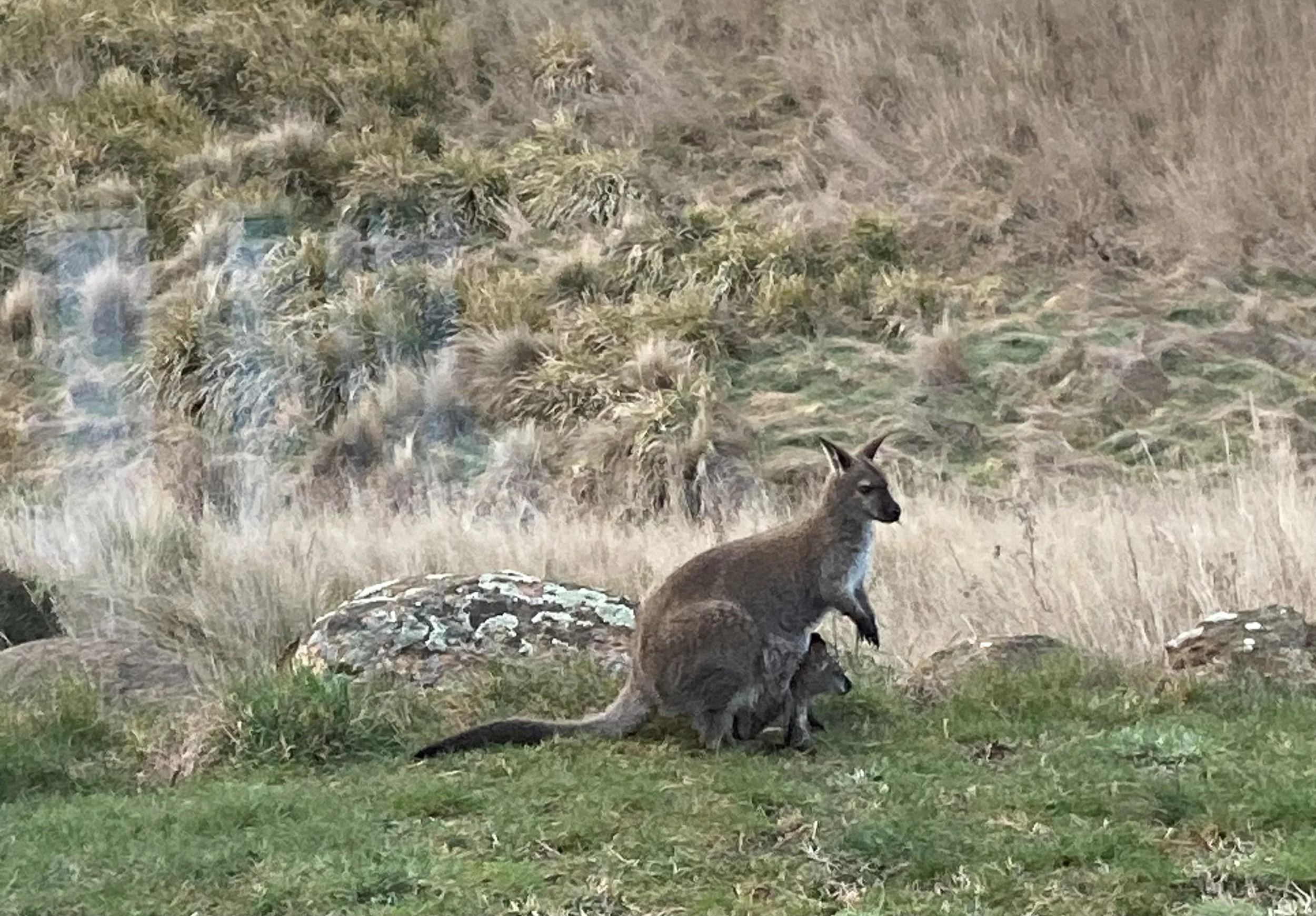The pattern of heat at the ocean surface drives rainfall and evaporation patterns. Where the ocean surface is warmer than the atmosphere above it, evaporation and upward convection create the right conditions for rainfall. Hence, when the Indian Ocean near Australia is relatively warm (called a negative Indian Ocean Dipole), we generally see higher rainfall across Australia as eastward-moving weather patterns bring that moister, warmer air over the continent.
Carbon dioxide: nature's tiny solar panels
Carbon dioxide, like chocolate, is a good thing in moderation. Without carbon dioxide gas in our atmosphere, life as we know it could not exist. This is because carbon dioxide molecules are nature’s own tiny solar panels—absorbing, retaining and re-emiting heat from the sun.
However, as the concentration of carbon dioxide increases, the atmosphere is able to retain more and more heat, with consequences for life on our planet.
Itty Bitty Spaceships
On the steep hillside near the western boundary of my property, and visible from the highway as you travel south from Oatlands, is a village of small plastic domes. When they first went up, I used to think they looked like extra-terrestrial vehicles just the right size for a baby Yoda. In fact, they are part of an international research program looking at the effects of climate change on native pastures in many locations around the world. The Tasmanian component of the program is run by Prof Mark Hovenden and his team from the University of Tasmania.








